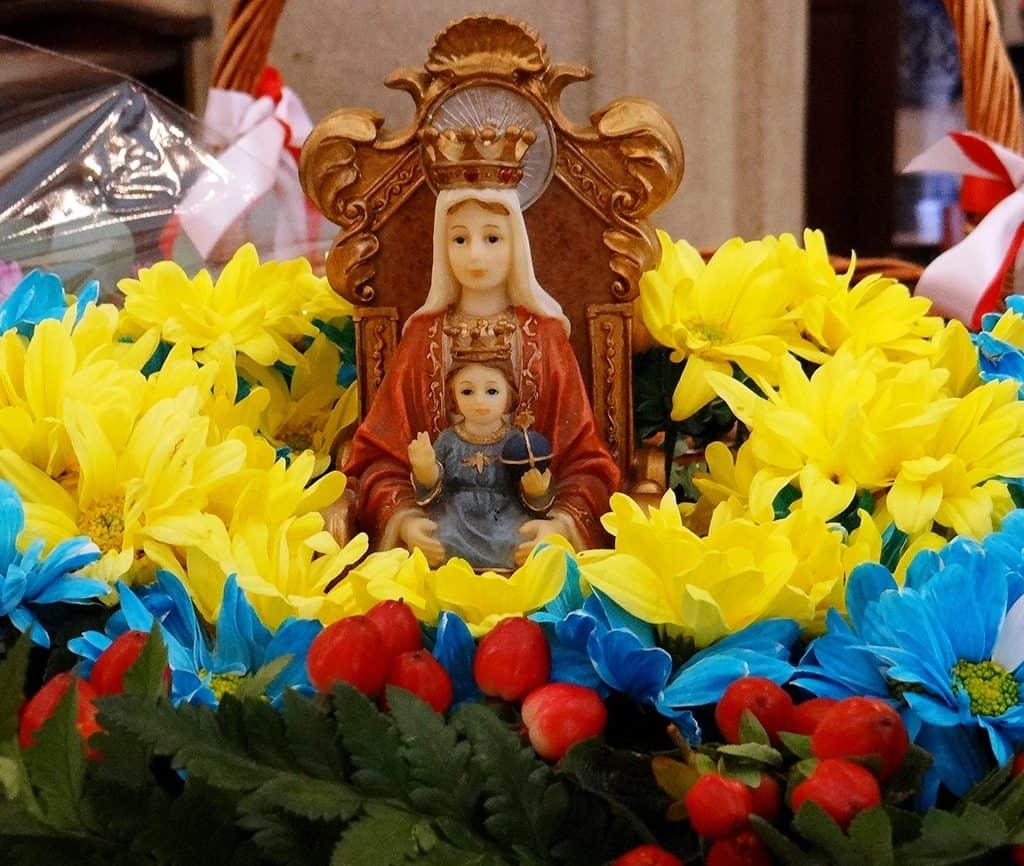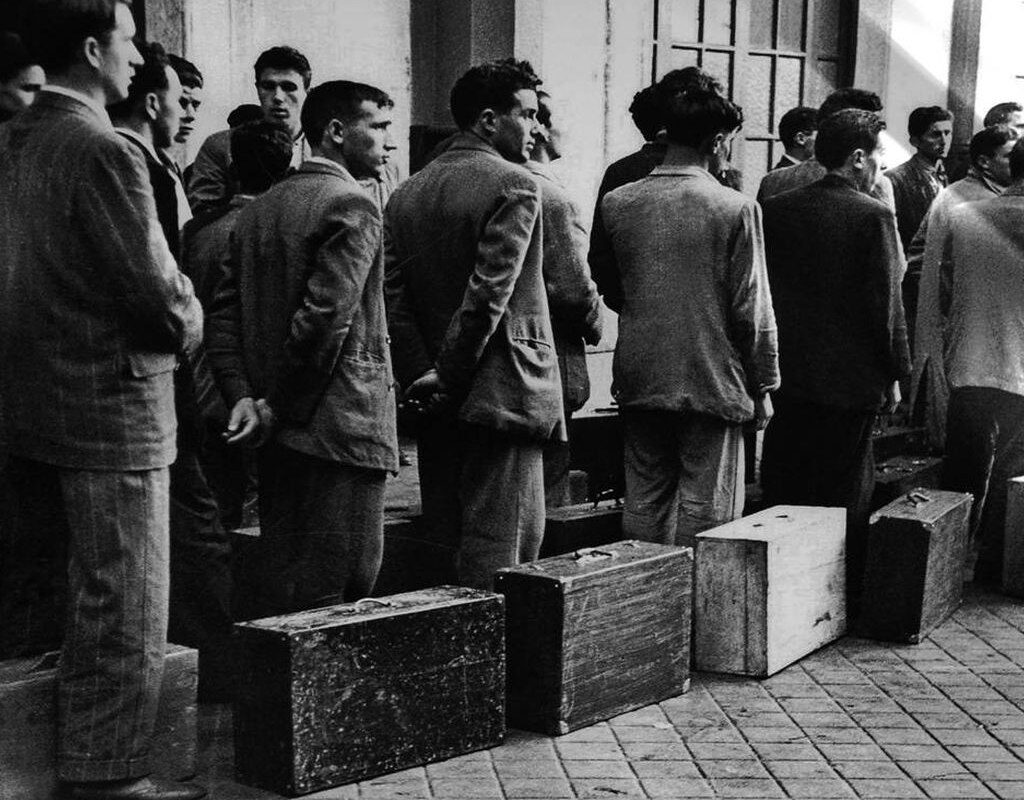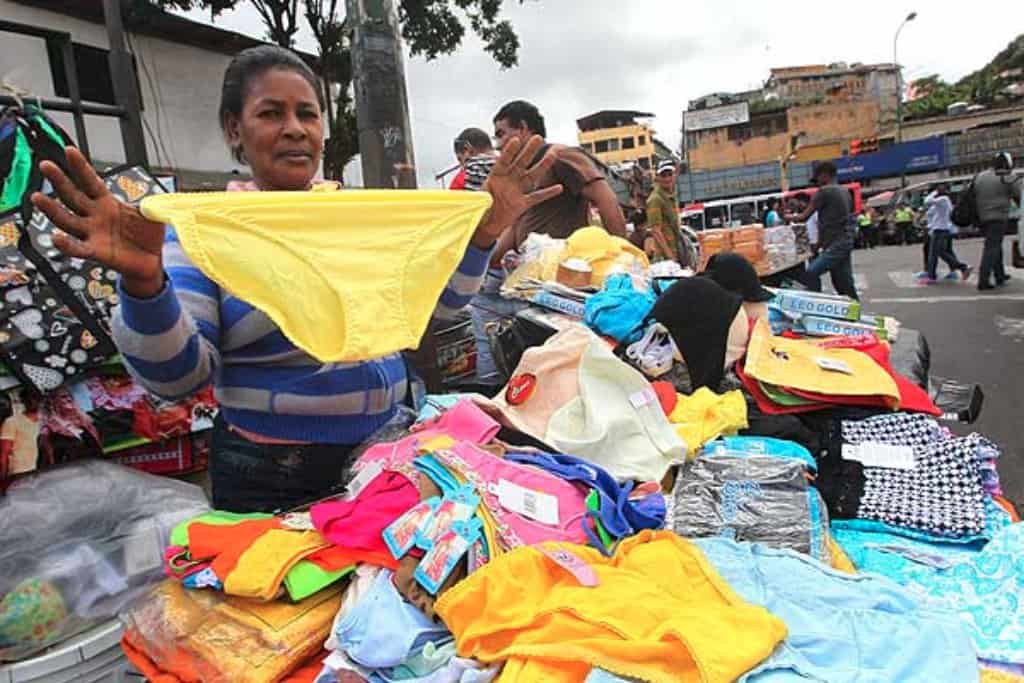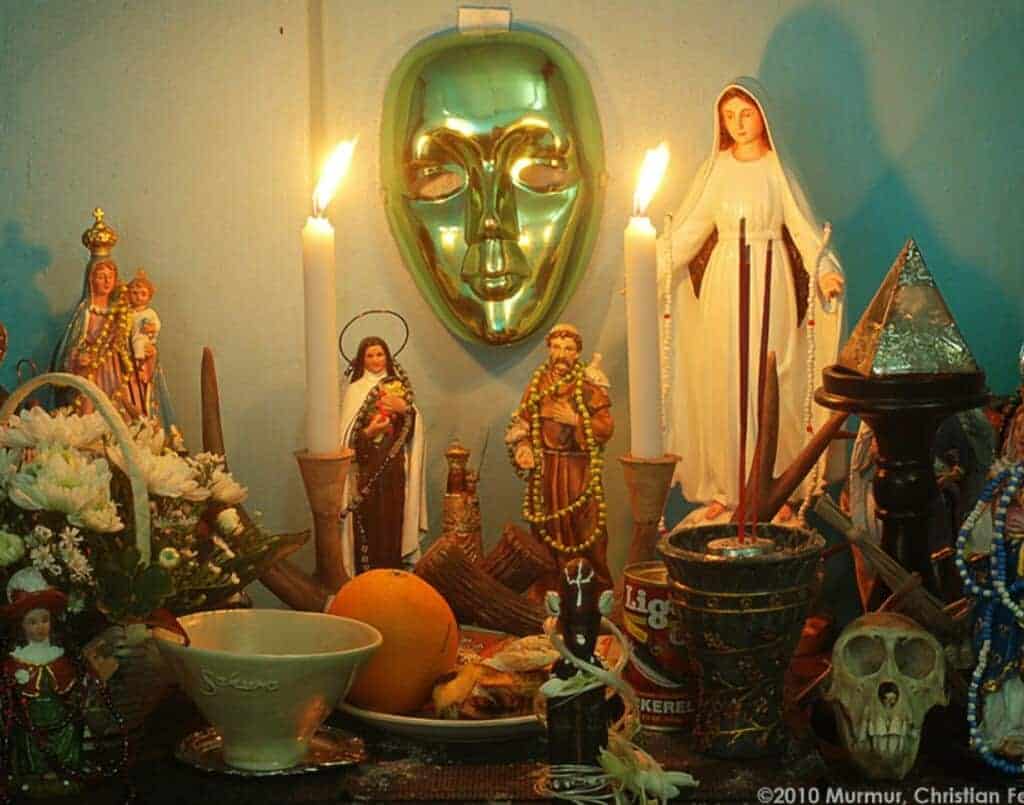The Virgin of Coromoto, the patron saint of Venezuela, is more than just a figure of devotion. Her tale, steeped in faith, hope, and miracles, is woven into the very fabric of Venezuelan life and identity. Her influence, from her apparition to a cacique in the city of Guanare to her veneration worldwide, extends far beyond the borders of Venezuela.
The Virgin of Coromoto: Venezuela’s Patroness and a Historical Narrative’s Protagonist
Under the protection of the Virgin of Coromoto, a heavenly figure revered for over three and a half centuries, Venezuela flourishes.
This national emblem, whose influence radiates from the warm streets of Guanare, her apparition site, to the far reaches of the Archdiocese of Caracas, was declared the Principal Patroness of the latter by the Holy See on November 19, 2011.
Her divine charm resonates throughout Venezuela and far beyond its borders.
A Divine Encounter at the Genesis of Venezuelan History
The story of the Virgin of Coromoto traces back to 1652 when the native Cospes sought refuge in the jungles north of Guanare, escaping the encroaching Western civilization.
Within this context, it’s told that Coromoto, a native chieftain, and his wife witnessed a Marian apparition while crossing a watercourse. The Lady, in their language, implored them to approach the whites to “pour water on their heads,” an unmistakable allusion to Catholic baptism.
This astonishing event resonated with a passing Spaniard, Juan Sanchez. Stirred by the cacique’s tale, Sanchez committed to returning in eight days to commence catechizing the tribe.
In the confluence of the Guanaguanare and Tucupido rivers, this mission of faith took root, even as Cacique Coromoto, yearning for his former life’s freedom, planned to escape.
The Second Encounter: An Icon Emerges
The cacique’s flight was abruptly halted by the Virgin’s reappearance in his modest dwelling. In a unique encounter, the Marian figure materialized before Coromoto’s family.
In frustration, the cacique tried to attack the celestial figure, who vanished, leaving behind a small image of herself on a piece of parchment.
The sacred relic was retrieved and brought to the Church of Guanare in 1654, where it stayed until 1987. Since then, the precious parchment has been encased in the pedestal of the wooden image that graces the “Santuario Nacional Nuestra Señora de Coromoto”.
The Redemption of Cacique Coromoto and His Legacy
Cacique Coromoto fled into the jungle but his destiny shifted after a poisonous snake bit him. In his torment, his heart turned to God, pleading for the baptism he had once rejected.
Converted and baptized under the Christian name of Guardian Angel, the erstwhile chieftain became an apostle, urging his tribe to receive baptism and adhere to God’s path. Consequently, the Cospe tribe emerged as a fervent community of believers.
The Virgin of Coromoto in Contemporary History
The Virgin of Coromoto has received numerous recognitions. In 1942, she was declared the Celestial Patroness of Venezuela by the episcopate.
Two years later, Pope Pius XII named her the “Celestial and Principal Patroness of the entire Republic of Venezuela”. In May 1949, the same pontiff authorized the canonical coronation of the Virgin, which occurred on September 11, 1952, on the third centenary of her apparition.
That same year, Pope Pius XII elevated the National Shrine to the Virgin of Coromoto to the status of a Basilica. In 2009, the “María Camino a Jesús” foundation undertook the restoration of the Virgin’s image.
Beyond Venezuelan Borders: International Devotion
The Virgin of Coromoto has transcended borders and seas, with devotions and replicas of her image found as far as San Cristóbal de La Laguna and Candelaria in the Canary Islands, Spain.
In the municipality of La Guancha, Tenerife, stands the Hermitage of Nuestra Señora de Coromoto, a significant point of reference since 1957. Her image is also venerated in the Basque Country, specifically in the Church of Santo Tomás in Bolibar, and in Madrid, at the altar of Nuestra Señora de Coromoto in the church of San Antonio de Padua.
Today, 365 years following her apparition, the Virgin of Coromoto continues to serve as a beacon of faith for Venezuela and the world. She encapsulates the struggle, hope, and profound devotion of a people who perceive in her an immense maternal love.




